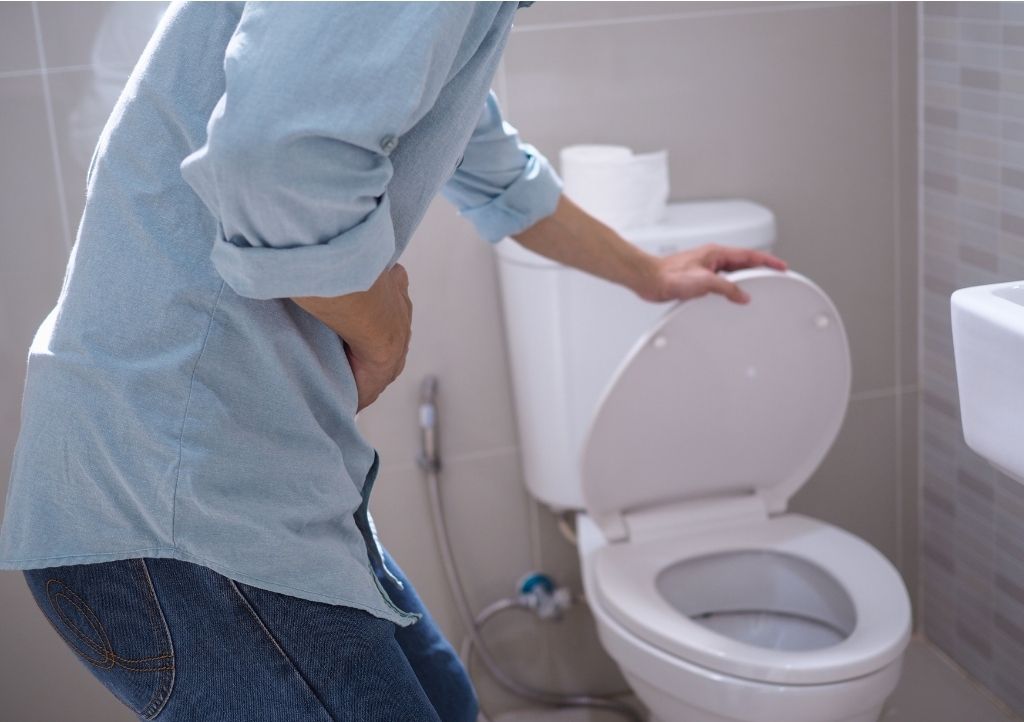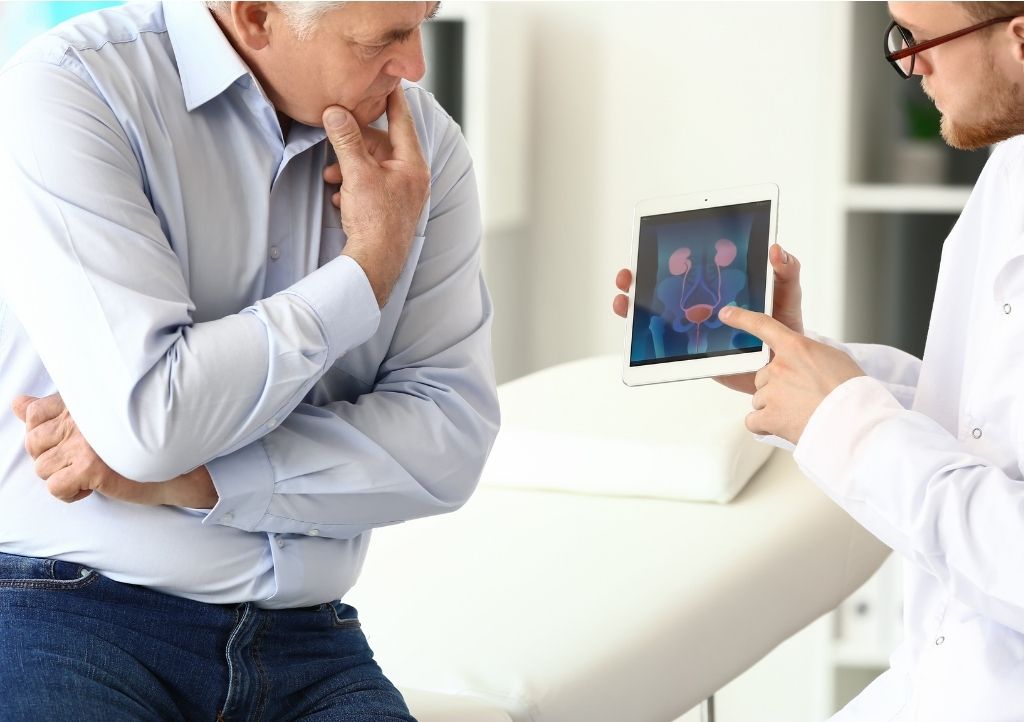How to Calm an Overactive Bladder
As many as 30% of men and 40% of women in the United States live with OAB symptoms.
But there are ways you can calm your overactive bladder.
How OAB Can Affect Your Life
OAB may affect relationships with friends and family. It can disrupt your sleep and sex-life. Too little sleep will leave anyone tired and depressed. In addition, if you leak urine, you may develop skin problems or infections.

You don’t have to let OAB rule your life.
For OAB treatment, health care providers may first ask a patient to make lifestyle changes. These changes may also be called behavioral therapy. This could mean you eat different foods, change drinking habits, and pre-plan bathroom visits to feel better. Many people find these changes help.
1.
Limit food and drinks that bother the bladder. There are certain foods and drinks known to irritate the bladder. You can start by avoiding diuretics – these drinks include caffeine and alcohol which encourage your body to make more urine. You can also try taking several foods out of your diet, and then add them back one at a time. This will show you which foods make your symptoms worse, so you can avoid them. You can add fiber to your diet to improve digestion. Oatmeal and whole grains are good. Fresh and dried fruit, vegetables, and beans may help. Many people feel better when they change the way they eat and drink.
2.
Exercises to relax your bladder muscle.
- Kegel exercises: tightening and holding your pelvic muscles tight, to strengthen the pelvic floor.
- Quick flicks are when you quickly squeeze and relax your pelvic floor muscles over and over again. So, when you feel the urge to go, a number of quick flicks may help control that “gotta go” feeling. It helps to be still, relax and focus on just the exercise. Your health care provider or a physical therapist can help you learn these exercises.
- Biofeedback may also help you learn about your bladder. Biofeedback uses computer graphs and sounds to monitor muscle movement. It can help teach you how your pelvic muscles move and how strong they are.
-
3.
Double voiding. This is when you empty your bladder twice. This may be helpful for people who have trouble fully emptying their bladder. After you go to the bathroom, you wait a few seconds and then try again.
4.
Delayed voiding. This is when you practice waiting before you go to the bathroom, even when you have to go. At first, you wait just a few minutes. Gradually, you may be able to wait two to three hours at a time. Only try this if your health care provider tells you to. Some people feel worse or have urine leaks when they wait too long to go to the bathroom.
5.
Timed urination. This means you follow a daily bathroom schedule. Instead of going when you feel the urge, you go at set times during the day. You and your health care provider will create a reasonable schedule. You may try to go every two to four hours, whether you feel you have to or not. The goal is to prevent that urgent feeling and to regain control.
6.
Keep a bladder diary. Writing down when you make trips to the bathroom for a few days can help you understand your body better. This diary may show you things that make symptoms worse. For example, are your symptoms worse after eating or drinking a certain kind of food? Are they worse when you don’t drink enough liquids?
Other (Medical) Treatments
Prescription Drugs
When lifestyle changes aren’t enough, the next step may be to take medicine. Your health care provider can tell you about special drugs for OAB.
Bladder Botox Treatment
If lifestyle changes and medicine aren’t working, injections may be offered. A trained urologist for men and women, or a female pelvic medicine & reconstructive surgeon (FPMRS) can help with this. They may offer Bladder Botox Treatment.
Nerve Stimulation
Another treatment for people who need extra help is nerve stimulation, also called neuromodulation therapy. This type of treatment sends electrical pulses to nerves that share the same path for the bladder. In OAB, the nerve signals between your bladder and brain do not communicate correctly. These electrical pulses help the brain and the nerves to the bladder communicate so the bladder can function properly and improve OAB symptoms.
